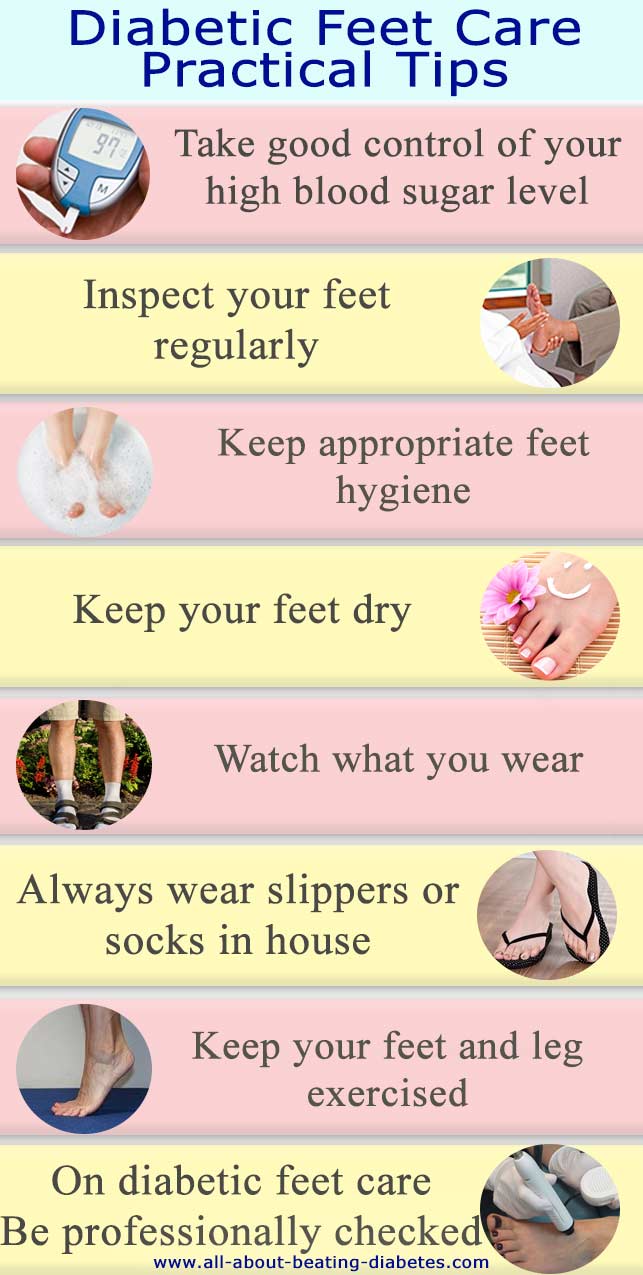- Home
- Your Diabetic Information Center
- Can You Travel With Diabetes
Can you travel with diabetes?
Yes, it is absolutely possible to travel while managing diabetes. As someone with diabetes, either type 1, type 2 or gestational diabetes, you certainly have the ability to plan and embark on any journey or travel that you desire.
There is no need to let your condition hold you back from enjoying holidays or business trips wherever and whenever you wish.
Nevertheless, it is crucial to take precautions both before and during your journey. Adjustments may be necessary to your daily routines, including meal planning and other activities.
It's always a good idea to consult with a healthcare provider before embarking on a trip, especially if there are any concerns about managing diabetes while traveling.
Is diabetes covered under travel insurance?
Travel insurance policies generally cover pre-existing medical conditions, including diabetes.
However, the specific terms and coverage of a policy can vary depending on the insurance provider and the type of plan chosen.
It is important to carefully review the policy details before purchasing travel insurance to ensure that it includes coverage for diabetes-related expenses, such as emergency medical treatment or the cost of replacing lost or damaged diabetic supplies.
Additionally, it may be helpful to disclose any pre-existing conditions, including diabetes, to the insurance provider when purchasing the policy to ensure that the coverage is tailored to your specific needs.
Diabetic Supplies when travelling
When traveling as a diabetic, it is important to bring all necessary diabetic supplies to ensure that diabetes management can continue seamlessly. Below are some essential diabetic supplies to pack when traveling:
- Medications: Bring all necessary medications, including insulin, oral medications, and glucagon, and make sure to pack enough to last the entire trip.
- Blood glucose meter: Pack a blood glucose meter and enough test strips and lancets for daily monitoring of blood sugar levels.
- Extra batteries: Bring extra batteries for the blood glucose meter and any other diabetic devices.
- Syringes or insulin pens: If using insulin, pack enough syringes or insulin pens for the entire trip.
- Sharps container: Bring a sharps container for the safe disposal of used syringes or insulin pens.
- Snacks: Pack some non-perishable snacks, such as nuts, crackers, or granola bars, in case of low blood sugar levels.
- Water bottle: Carry a water bottle to stay hydrated and to take medication if necessary.
- Medical alert identification: Wear a medical alert bracelet or necklace that identifies you as diabetic in case of an emergency.
Make sure to pack these supplies in a carry-on bag to ensure that they are easily accessible during the trip.
It is also recommended to pack extra supplies in case of unforeseen events, such as lost or damaged supplies.
How can a diabetic plan a journey?
A diabetic can plan a journey by taking the following steps:
- Consult with a healthcare provider: Before embarking on a trip, it's always a good idea to consult with a healthcare provider to get recommendations for managing diabetes while traveling. The healthcare provider may also suggest any necessary vaccinations or medications.
- Research your destination: Research your destination in advance to identify any potential challenges that may affect diabetes management, such as differences in time zones, climate, and access to healthcare.
- Plan for diabetes management: Create a diabetes management plan for the trip, including medication schedules, meal planning, and exercise routines. This plan should take into consideration any potential changes in daily routines due to travel.
- Pack necessary diabetic supplies: Make sure to pack all necessary diabetic supplies, including medications, insulin, blood glucose meters, test strips, lancets, and any other supplies needed for diabetes management. Be sure to pack enough supplies to last the entire trip, and keep them in a carry-on bag to ensure they are easily accessible.
- Inform travel companions: Inform travel companions of your diabetes management plan and any potential emergency situations, and make sure they know how to respond in case of an emergency.
- Purchase travel insurance: Consider purchasing travel insurance that includes coverage for diabetes-related expenses, such as emergency medical treatment or the cost of replacing lost or damaged diabetic supplies.
By taking these steps, a diabetic can plan a journey while managing their condition and ensuring an enjoyable and safe travel experience.
Insulin precautions before travelling
If you use insulin to manage your diabetes, it's important to take certain precautions before traveling to ensure that your insulin remains safe and effective. Here are some insulin precautions to consider before traveling:
- Check your insulin supply: Make sure you have enough insulin for the entire trip, plus a few extra days' worth in case of delays or other unforeseen circumstances.
- Keep insulin cool: Insulin should be kept at a cool temperature, between 2-8°C (36-46°F), to ensure that it remains effective. Use a portable cooler or an insulated bag with an ice pack to keep your insulin cool while traveling.
- Avoid extreme temperatures: Keep insulin away from extreme heat or cold, such as leaving it in a parked car or in checked baggage. Extreme temperatures can affect the effectiveness of insulin.
- Pack insulin properly: Insulin should be packed in its original packaging and placed in a carry-on bag to ensure that it's easily accessible during the trip.
- Bring extra supplies: Pack extra insulin supplies, such as syringes or insulin pens, in case of loss, damage, or other unforeseen circumstances.
- Check with the airline: If you're flying, check with the airline about their policies for carrying insulin and other diabetic supplies. Some airlines may require a doctor's note or other documentation.
- Check local regulations: If you're traveling internationally, check local regulations for carrying insulin and other diabetic supplies. Some countries may require a prescription or other documentation.
By taking these insulin precautions before traveling, you can ensure that your insulin remains safe and effective throughout your trip.
How to deal with diabetic emergencies when travelling overseas?
Dealing with a diabetic emergency can be stressful, especially when traveling overseas. Here are some tips on how to handle a diabetic emergency when traveling overseas:
- Know the emergency numbers: Before traveling, research the emergency numbers for the country you'll be visiting. In most countries, the emergency number is 112 or 911.
- Carry a medical alert identification: Wear a medical alert bracelet or necklace that identifies you as diabetic. This can help emergency responders quickly identify your condition and provide appropriate treatment.
- Keep your supplies with you: Keep your diabetic supplies with you at all times, including insulin, glucose meter, test strips, and any necessary medication. Don't check these supplies in your luggage, as they may be lost or damaged.
- Pack extra supplies: Pack extra diabetic supplies, such as syringes or insulin pens, in case of loss or damage.
- Notify your travel companions: Make sure your travel companions are aware of your diabetes and know how to help you in case of an emergency.
- Know the symptoms of a diabetic emergency: Symptoms of a diabetic emergency may include confusion, sweating, dizziness, rapid heartbeat, or loss of consciousness. If you experience any of these symptoms, seek medical attention immediately.
- Seek medical attention: If you need medical attention, go to the nearest hospital or medical facility. If you're in a country where you don't speak the language, ask your hotel staff or a local for help.
By being prepared and knowing how to handle a diabetic emergency when traveling overseas, you can stay safe and enjoy your trip with peace of mind.
Feet Care When a Diabetic is travelling
Proper foot care is important for anyone with diabetes, especially when traveling. Here are some tips to take care of your feet when traveling as a diabetic:
- Wear comfortable shoes: Choose comfortable shoes that fit well and provide good support. Avoid tight or ill-fitting shoes that can cause blisters or calluses.
- Pack extra shoes and socks: Pack an extra pair of shoes and socks in case of rain or unexpected changes in weather.
- Check your feet regularly: Check your feet daily for blisters, sores, cuts, or any other signs of injury. Use a mirror to check the bottom of your feet if you have trouble seeing them.
- Moisturize your feet: Moisturize your feet daily to prevent dry skin and cracks. Avoid applying lotion between your toes, as this can create a moist environment that can lead to fungal infections.
- Avoid going barefoot: Always wear shoes or slippers to protect your feet from injury. Avoid going barefoot, even indoors.
- Stay active: Regular exercise can improve circulation and help prevent foot problems. Take breaks to walk around during long flights or car rides.
- Seek medical attention: If you notice any foot problems or injuries, seek medical attention immediately. Don't try to treat them yourself.
By following these tips, you can take care of your feet when traveling as a diabetic and prevent foot problems that can lead to more serious complications.
|
Written by Dr.Albana Greca Sejdini, Md, MMedSc Medically reviewed by Dr.Ruden Cakoni, MD, Endocrinologist |
Last reviewed 03/08/2023 |
References:
References:
- "Traveling with diabetes" by American Diabetes Association:
- "Traveling with diabetes: tips for a safe and healthy trip" by Mayo Clinic:
- "Traveling with Diabetes" by Centers for Disease Control and Prevention:
- "Traveling with diabetes: what you need to know" by Healthline:
- "Tips for Traveling with Diabetes" by Everyday Health:
Diabetes complications Questions or Problems? Get Help Here
This is the place where you can ask a question about any aspect of diabetes complications.
It's free and it's easy to do. Just fill in the form below, then click on "Submit Your Question".









